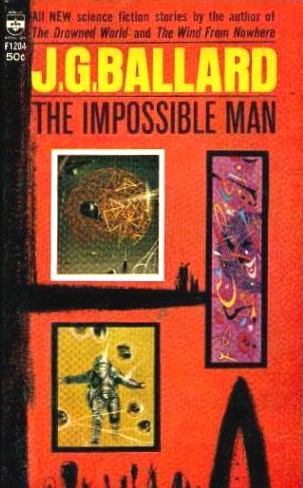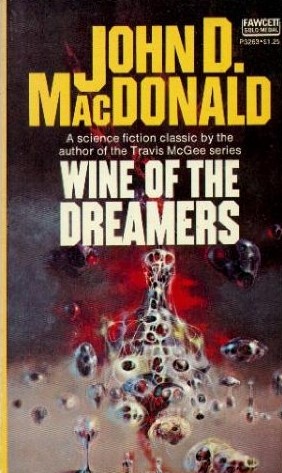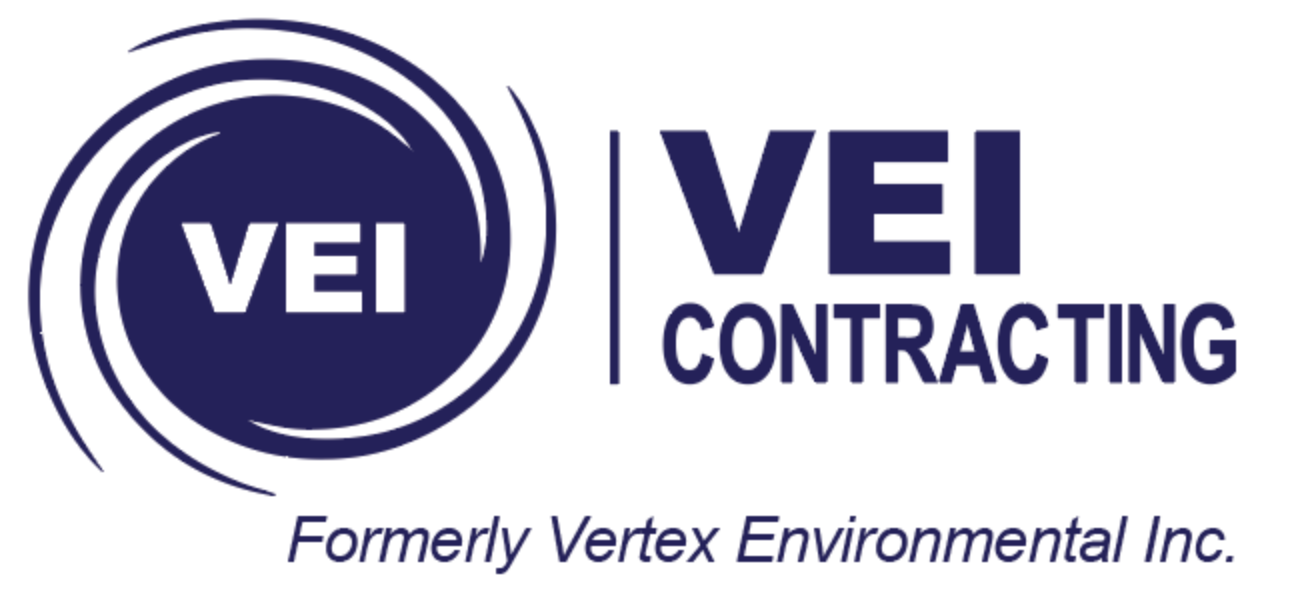Confessions of a Remediation Contractor
by Kevin French
Shortly after I switched careers and joined Vertex Environmental, I wrote a blog called “Confessions of a Former Environmental Consultant” to provide some of my reasoning behind the change in course. It’s now nine years on. I’m still at Vertex. I’m still a remediation contractor. And although many things have changed, both with me and Vertex, I’m still loving it! So, I thought it was about time I wrote another blog with some new “confessions”.
First confession: I love reading old science fiction, especially those vintage sci-fi novels from the 1950s and 1960s with the garish covers! Not only ones by the biggies like Asimov, Heinlein and Clarke, but also by the lesser-knowns like Lem, Wyndham and Simak. Speaking of Arthur C. Clarke, there’s a famous quote of his (his Third Law actually from 1973) that states “Any sufficiently advanced technology is indistinguishable from magic.” This is a very prescient and relevant comment that applies to the remediation industry today.

Earlier on in my career, certain types of contamination were considered “impossible” to remediate with the technology of the day. Such as when you needed to meet low-level standards for organic contaminants in groundwater (think “four quarters clean”). Or the ability to cut off plumes of petroleum hydrocarbons (PHCs) in groundwater and passively sustain the treatment for years. Or how about the challenge of remediating fractured bedrock aquifers? Never mind deep impacts in dense or cobbly tills where you can’t drive a GeoProbe point and have trouble even advancing augers! In these cases, the only remedial solution was complete excavation and removal of all media (soil, bedrock and groundwater). Imagine excavating hundreds of tonnes of soil from a site and trucking it off to a landfill just to remove a low-level groundwater impact?! Believe it or not, this actually was quite common for a long time! Once Risk Assessment and Risk Management Measures became more accepted (thanks to the environmental consulting industry!), those new approaches became a technically viable alternate solution to these remedial challenges.
Second confession: The speed of change in the environmental industry is sometimes surprizing to me. Just look at where we are today – less than 20 years later (in some cases less than 10 years later!). Those formerly “impossible” challenges I noted above can now all be effectively addressed via in-situ remediation. Low-level organics in groundwater can be remediated via in-situ chemical oxidation (ISCO) or reduction (ISCR). Activated carbon-based injectables like Trap & Treat® BOS 200® can be used to create long-lasting Permeable Reactive Barriers (PRBs) for PHCs. Particulate-based remedial amendments can be injected into fractured bedrock using pressure packer technology adopted from the oil and gas industry. And an innovated pre-drill and injection approach can provide access to those deep dense and cobbly till sites, opening even them up for in-situ remediation as well.

Third confession: Some environmental impacts are still “impossible” to remediate at this time. Take for example a practical and permanent in-situ remedial solution for PFAS plumes (and here I am talking about destruction and not just sequestration). This is an active area of research for the environmental industry. But will PFAS compounds ultimately prove to really be impossible to remediate? To paraphrase Mr. Clarkes so-called First Law (from 1962): “When a distinguished but elderly scientist states that something is impossible, he is very probably wrong”.
Some of you may have had an undesirable experience with in-situ remediation in the past. It might not have worked as planned or promised. Why was that? Maybe it was “impossible” at the time. However, that’s not to say it’s still impossible today. Maybe today’s remediation contractors can work some of our “magic” on it now. But, rest assured, today our “magic” is not smoke and mirrors or some form of illusion – it’s actually based on Mr. Clarke’s termed “sufficiently advanced technology”.

P.S. Last confession: I like to drink wine and have a penchant for the vinous delights of France and Italy. I also like to read about wine (cork dork? maybe…) I once read a book by Michael J. Gelb entitled “Wine Drinking for Inspired Thinking, Uncork Your Creative Juices”. This might possibly have contributed to the inspiration for some of the research and development completed in our in-house bench-scale testing laboratory. But perhaps that’s a story for another blog…

Cheers and happy reading / remediating!
Kevin French

